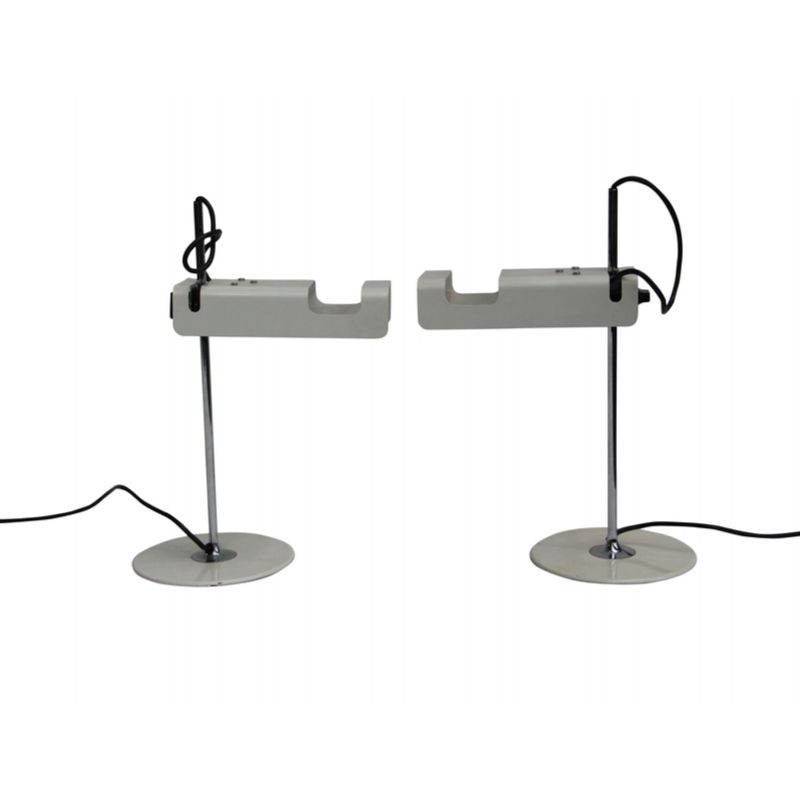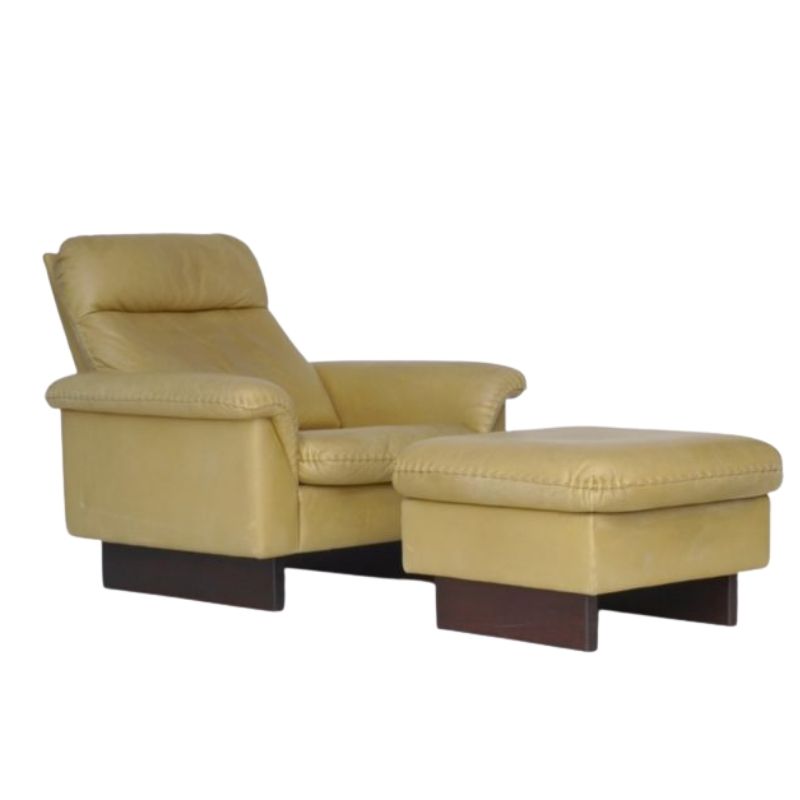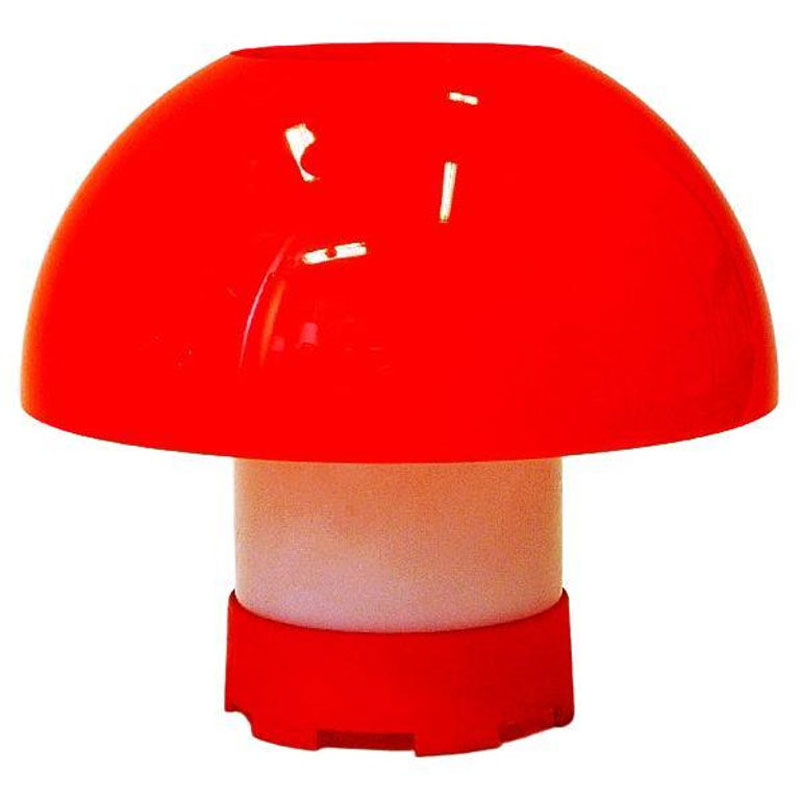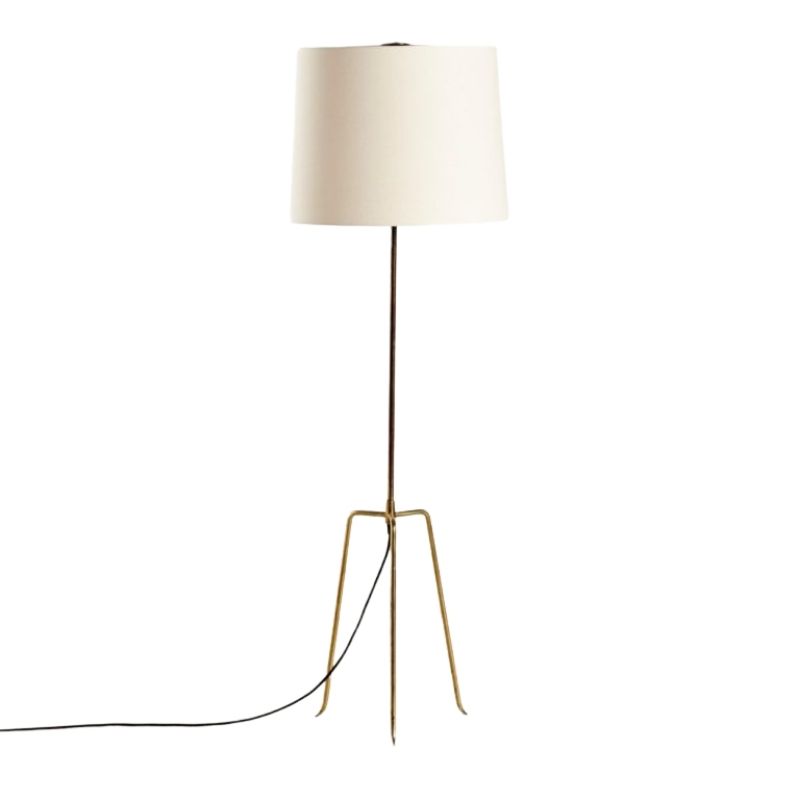Kin, FYI.
I own a ca. 1990 set of DCMs. I've never had to clean mold from them, but I have kids and the rear sides of the back panels do tend to get grimy from handling especially near the top outside edges. Unfortunately, since the chairs are mostly tucked under a round table, the backs are highly visible. I've always had good luck cleaning these with a little liquid dishwashing detergent(Dawn)on a dampened rag and nothing more.
It's possible that you have simply abraded the finish and not rubbed it completely off. You might try simply buffing the area with a standard amber paste wax to see if it blends in.
well
I have used the barkeeps friend, the liquid kind, on quite a few items with terrific success. Just checked the label and YES it does have the acid in it.
There may be other ways to get stains of this variety out? But I have never found one. Much easier to remediate finish issues than stain issues in my book.
I have no problem with using
what you've got on hand if you know it will perform as desired. I even know people who swear by smearing condiments on their furniture, though I wouldn't recommend it.
tchp's table turned out astonishingly well and I completely understand the enthusiasm for the particular product used. I'm also certain tchp meant only to help. There are simply better products available with which to achieve similar results with less risk of damage.
Our friend kin was not so lucky with the results, however, and has possibly caused irreversible damage to his/her property by following advice offered here. That is a shame and should serve to remind us all to be a bit more cautious, perhaps. Sometimes a little knowledge is a dangerous thing.
"Our friend kin was not so...
"Our friend kin was not so lucky with the results, however, and has possibly caused irreversible damage to his/her property by following advice offered here."
..except that kin did not follow the advice. Scrubbing was never remotely suggested. And it is not really surprising that a finish would be removed by scrubbing with an abrasive, is it?
Using a mixture of oxalic acid alone, in a proper dilution, might be an ideal situation, but since I have applied a paste made from Barkeeper's Friend to dozens of veneered items, never with a negative consequence, I have not really had much of an incentive to change, and have not gotten around to experimenting with trying out different dilutions made from oxalic acid. In concentrations that are too strong, oxalic acid will remove the natural color from wood, and since Barkeeper's Friend seems to have a concentration that is mild but still effective, I will likely continue to use it.
All I know is that my experience with simply applying a paste made from Barkeeper's Friend has removed black water stains to veneer that the vast majority of people would otherwise think impossible to remedy. The results speak for themselves, but if one wants to just just categorize it as the typical bullshit internet advice, I guess one is free to do so.
.
Problem is that the 'success' illustrations using bkf all have different original finishes to the OP's Eames chair so no wonder he got different results. It never seemed remotely likely that the black stains could be removed while still keeping the original finish. You can't have everything. To recap, the original advice was naphtha - STRIP THE FINISH - naptha - OXALIC if still no joy - REFINISH
"But 99% of them doesn't...
"But 99% of them doesn't have any knowledge how to restore furniture in a professional way."
And you know this how? There is a fantastic wealth of experience and knowledge on this subject on DA as has been shown on many occasions. Much of the advice comes from dealers whose livelihoods depend on knowing their stuff. Unfortunately your ridiculous suggestions demonstrate that the system isn't 100% FOOLproof.
Indeed, sanding.
Dear Paulanna, why that aggressive again?
If you would have some professional knowledge how to restore furnitures you wouldn't write such stuff.
kin1117, once more: this is a wonderful forum to discuss and to show nice items, but if you need professional advices how to restore an old furniture it's highly recommended to select another forum, it's for your own good.
The forum is full of very...
The forum is full of very knowledgeable people! We are always astonished by the level of knowledge from most of you.
Of course, like most human organization, the forum can not be 100% reliable.
But if some errors may occur in attributions or advice in restoration, there is almost always someone who will rectify things quickly.
PS. Sanding is alway the LAST thing to do. Only if the other options didn't give good results.
If you need any help, please contact us at – info@designaddict.com









